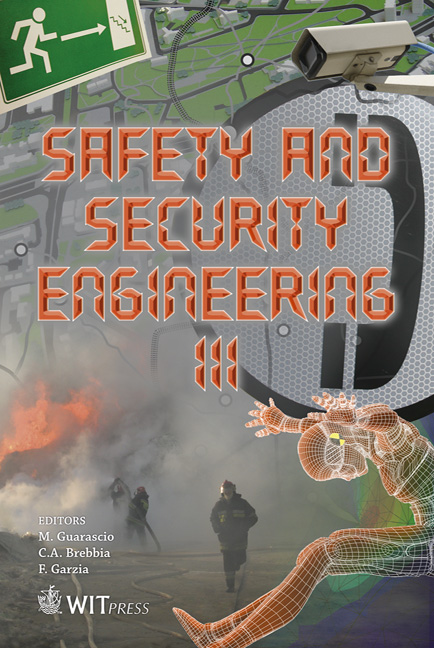Earthquake Damage Detection In Tehran’s Water Distribution System
Price
Free (open access)
Transaction
Volume
108
Pages
9
Page Range
517 - 525
Published
2009
Size
849 kb
Paper DOI
10.2495/SAFE090481
Copyright
WIT Press
Author(s)
G. Badalians Gholikandi, R. Rasti Ardakani, M. A. Pourjafari & R. Riahi
Abstract
Iran is located in the one of world's large seismicity zones called ALPA (Alp- Himalaya) and the mega city Tehran has is in a particularly dangerous situation. In a destructive earthquake, considerable damage occurs in buried structures such as the urban water supply system. In this study, the following objects are investigated: review of the damage analysis and seismic design of the water networks, review of the seismic information for water distribution systems, earthquake damage detection in water distribution systems, using an artificial neural network (ANN) and a general back error propagating perception to detect pipelines damaged due to earthquakes. The failure points are obtained by using the amount of water discharged from the tanks. The states probable failures have to be computed, the mathematical model for different states of pipe failure by which the damaged pipes could be detected through a back analysis. Since there are various types of failure, therefore, the ANN has been applied. Through a parametric study, different geometry, shape diameters and pressure of the water network are surveyed and the best network architecture for each case is obtained. The peak responses and phase delays are assumed to be network outputs. The network is trained in a supervised manner. The study shows the efficiency and capability of the ANN for modelling the observed nonlinear behaviour. Keywords: earthquake, damage detection, water distribution, Tehran.
Keywords
earthquake, damage detection, water distribution, Tehran





